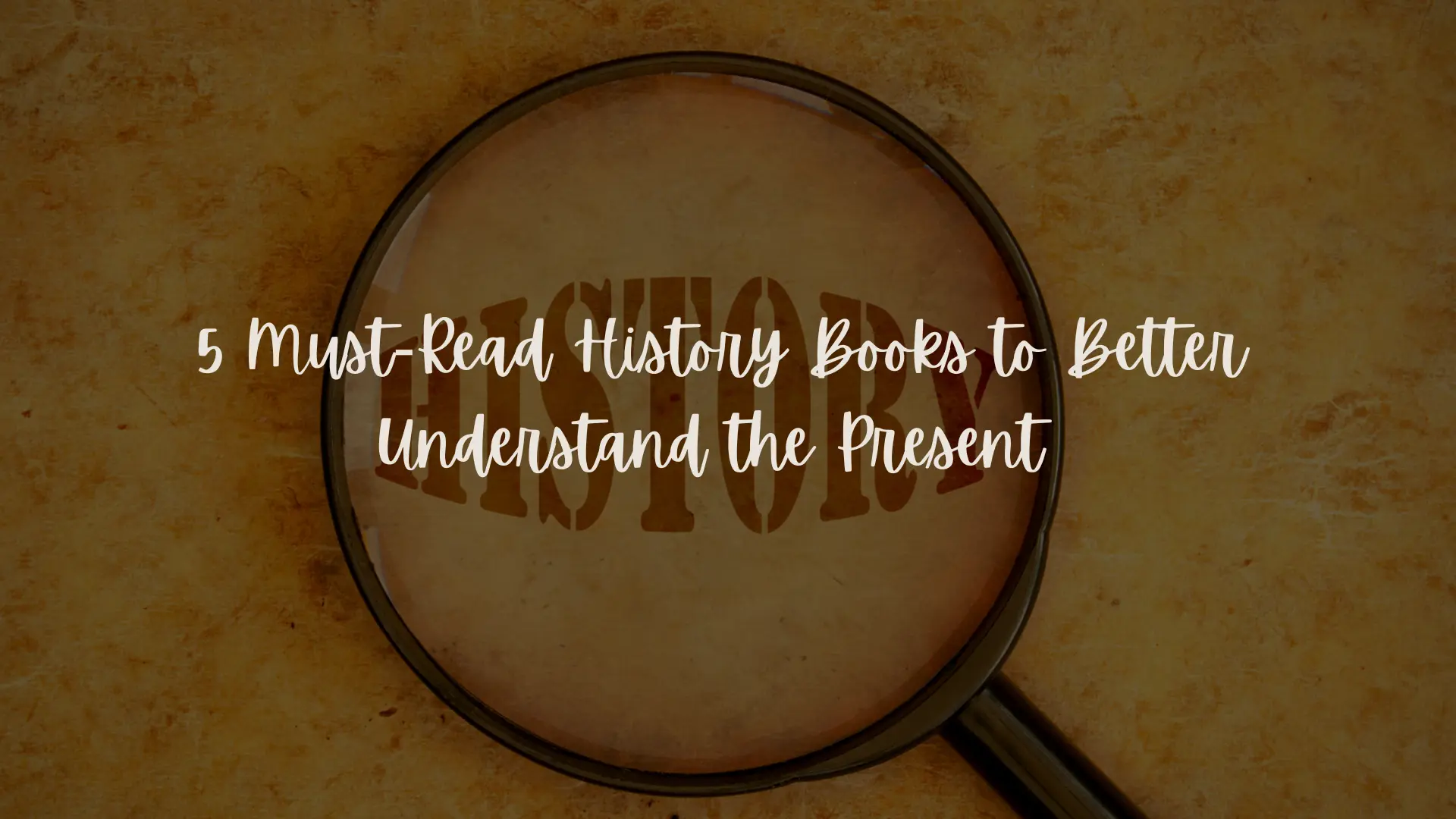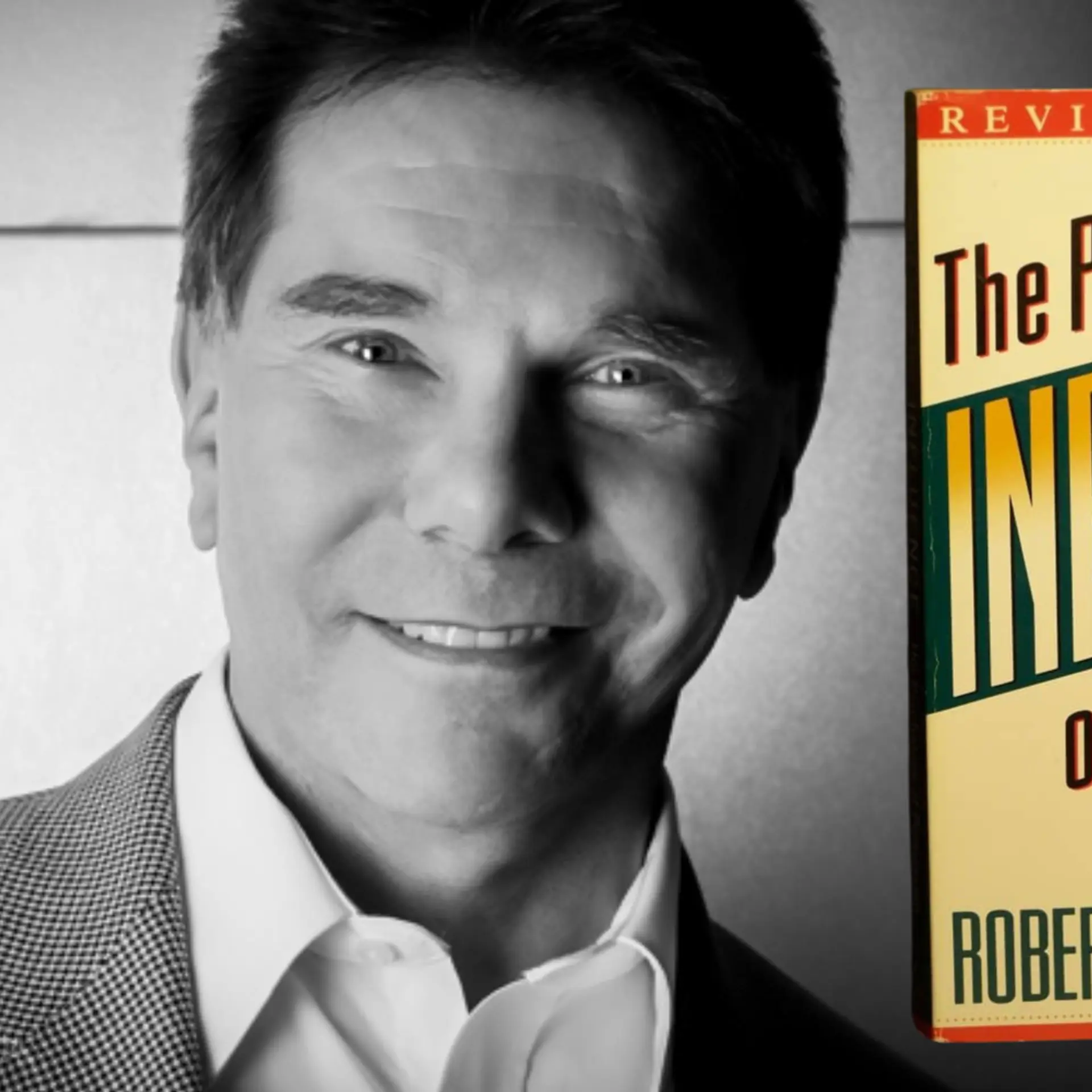What ‘World of Warcraft’ and ‘Harry Potter’ taught this ‘muggle VC’ about product-market fit
If you belong to the 90per cent of the world’s population living north of the Equator and find yourself in the month of December, you are faced with two undeniable facts:
- Winter has already come
- The end of the year is coming
For most people, it is a time to experience guilt and a time for promises that are made and broken ad infinitum as the fitness industry knows well.
If you are like me though, the combination of these two realities probably triggers feelings of nostalgia.

Eleven years ago, almost to the day, I started reading Harry Potter and The Philosopher’s Stone.
Why did it take me until 2004 to read ‘Harry Potter’? I reckon it was a mixture of ignorance (somehow I had never heard of Harry Potter until 2001, when the first Harry Potter movie released), laziness and arrogance that I was too above something so mainstream.
Around the time I was reading my first ‘Harry Potter’ book, a game named ‘World of Warcraft’ had been released. It took me three more years (December 2007) to finally pick it up and start playing.
Most pure gamers need no introduction to ‘World of Warcraft’ (or WoW as we better know it). For you non-gamers or mobile-gamers, WoW’s parent Activision Blizzard recently acquired your beloved Candy Crush for $5.9Billion.
Activision Blizzard has a pedigree for creating bestselling franchises that dominate their genres: Call of Duty, Diablo, StarCraft, and now Candy Crush, to name a few. But even in this hallowed group, WoW stands out. It is, after all, by some distance, the highest grossing video game of all time.
While your business will go very far through pain-points, determination, scrappiness, and consumer aspiration, it will most certainly not become an unstoppable juggernaut without product-market fit.
In this post, I will describe a framework for evaluating product-market fit for most companies, inspired by a discussion with an investor in both Alibaba and Uber. I will also demonstrate how Harry Potter and WoW fit this framework brilliantly and rightfully deserve their billing as the greatest enchantments of the entertainment industry.
1. Customer value
Customer value is, of course, the bread-earner for any business, which, in other contexts, might also refer to order value or transaction value, or subscription value.
This one is fairly obvious, almost a no-brainer.
Companies that have achieved product-market fit show a consistent trend of increase in customer value.
Let us look at how World of Warcraft fares at this test:

Data source : Activision Blizzard annual reports
Between 2006 and 2013, the average revenue WoW earned from each subscriber every year increased consistently from $83 in 2006 to a high of $133 in 2011. These annual collections are already more than two to three times the full retail price of a PC or console game (typically priced at $40-$60), games that usually do not have any other revenue streams.
A similar analysis is considerably harder to do for ‘Harry Potter’, given the various forms the franchise has now taken (books, movies, video games, toys etc.), each with different corporate partners that sometimes also vary across geographies.
The telling evidence that Harry Potter’s customer value has grown, though, comes from a more aggregate analysis of the franchise. As of 2015, the franchise has generated about $25 billion in revenues. Roughly 30per cent is contributed by each of book sales, movie collections, and toy sales, with digital sales and rentals making up the rest.
It would be reasonable to assume that a significant proportion of these customers started off reading only the ‘Harry Potter’ books and then eventually started buying into the other tie-ins the franchise represented. In other words, for a significant chunk of its audience, the average customer value for ‘Harry Potter’ has more than tripled through cross-selling since the first book released.
2. Retention
Most companies that pitch to us have an all-too-familiarstory when it comes to the cohort analysis: a steady decline in the likelihood that the customer will be retained over time.

The retention curve of a company that hasn’t yet found product-market fit.
How would the same curve look for a company that has found product-market fit?

Companies with product-market fit are able to retain customers by bringing them in for ‘repeats’
The inflection point where the retention curve rebounds is the point in time when either ‘network effects’ kick in, or your business has become valuable enough for the customer to use you again.
Or,companies that have achieved product-market fit demonstrate increased customer retention over time through repeat usage.
How does Harry Potter do on the retention test?
Here is what the sales figures for Harry Potter’s movies look like:

Yes, that is what returning customers do to your sales charts.
Rather than go through a similar analysis for WoW, here is a different set of numbers:

Source: Superdata research
In an industry where only a handful of blockbusters can stay at the top of the charts for more than a few months, and which has seen three different console generations (PS2 -> PS3 -> PS4) since its launch, WoW passes the ultimate retention test, still holding on to a monopolistic market share of 36per cent (over four times its nearest competitor), a decade after its launch.
But perhaps what is most incredible about these numbers is that WoW’s revenues are primarily recurring subscriptions, like Netflix. And no, these are not tiny micro-transactions (typically $10-$15 every month)
Does that make WoW the greatest SaaS product of all time?
I still wonder how I convinced myself to pay €13 every month to play WoW back in the day.
3. Loyalty-driving profitability
Are returning customers always truly loyal?
The distinction between returning customers that are loyal and those that are merely opportunistic is critical to understand, and is often overlooked or even ignored entirely by those-who-must-not-be-named.
You-know-who I am talking about, right? The Dark Lords of India’s e-commerce and Internet consumption story, of course. Companies where an overwhelming proportion of returning customers have been retained with the lure of ever-increasing discounts. That is notloyalty.
So what makes a returning customer loyal? The final quality of enchanting companies reveals it all:
Companies that have achieved product-market fit realise greater profitability on repeat transactions done by returning customers.
And what does World of Warcraft’s data reveal when we test for loyalty?

Data source: Activision Blizzard Annual Reports
Starting from making a profit of $67 from each subscriber in 2006, WoW shows consistent increase in per capita profits, leading up to a high of $110 in 2011. (These per capita profits are, again, multiples of the full retail price of most competing games).
To evaluate Harry Potter’s effect on profitability, I decided to look at how Warner Bros. fared by signing up for the Harry Potter movie deal.
Warner Bros. netted an estimated $1 billion in profit for the ticket sales of the first seven movies, about $1.5 billion from domestic home video sales of the first six films and about $1 billion through TV rights (Source).
Notice how the various profit streams just layer on top of each other to increase the size of the earnings pie for Warner Bros., over time?
When your business grows by aggregating a group of such customers, the effects are extremely potent.
Potent enough to enchant even the most unwavering of Death-Eaters!
About the author
Shubhankar Bhattacharya is a Venture Partner at Kae Capital, an early stage VC fund. Prior to joining Kae, he was the Co-Founder and CEO of Yaqsh.com, an online store for diamonds and diamond jewellery. He has also played various roles at CMS Info Systems and Technip. Shubhankar holds a Bachelors degree from NIT Trichy, and an MBA degree from ISB, Hyderabad. You can connect with him here on LinkedIn.)
Recomended reads: Why going after ‘top of the pyramid’ may help your startup capture the ‘entire pyramid’
Near-death experience: the ticket to startup success?







